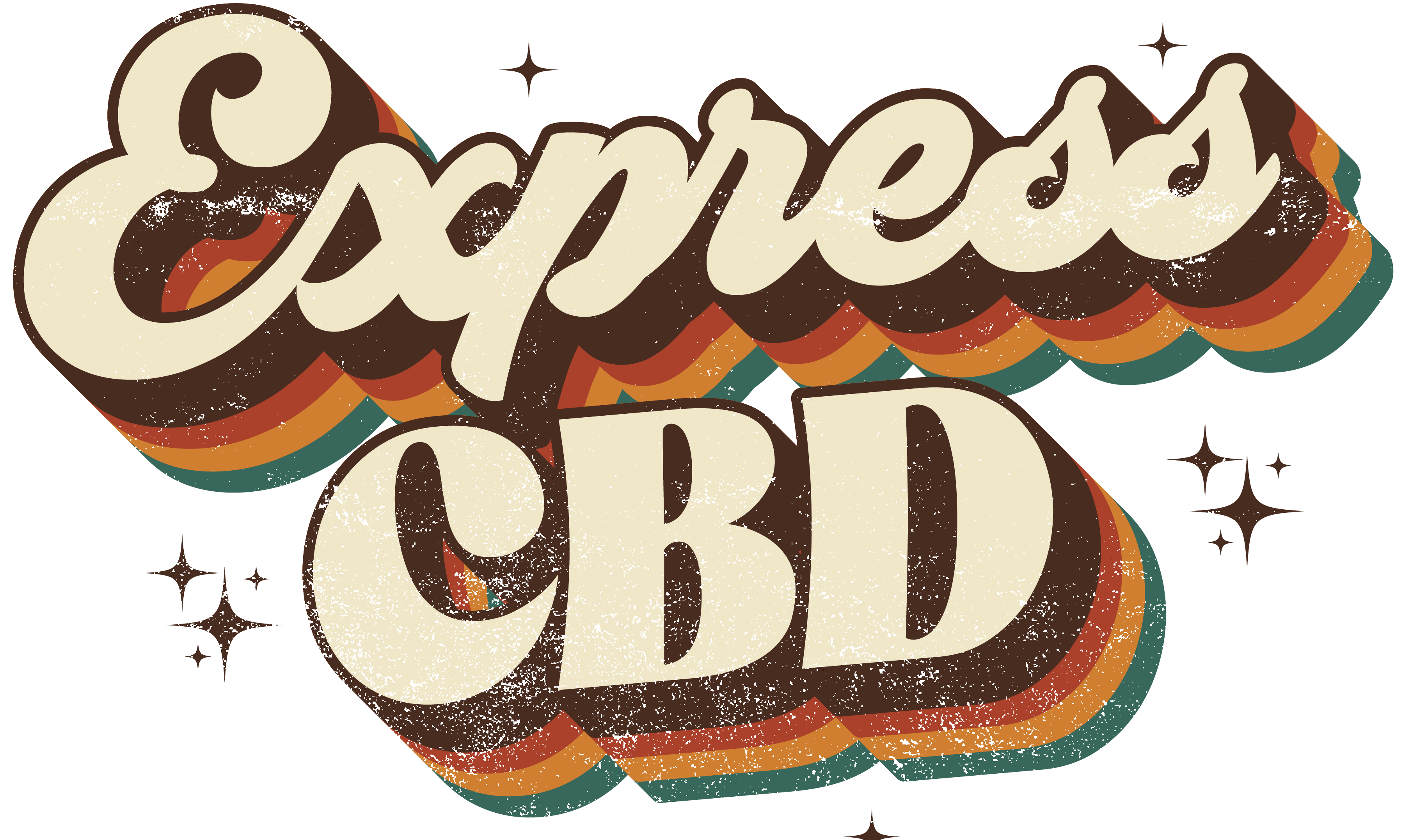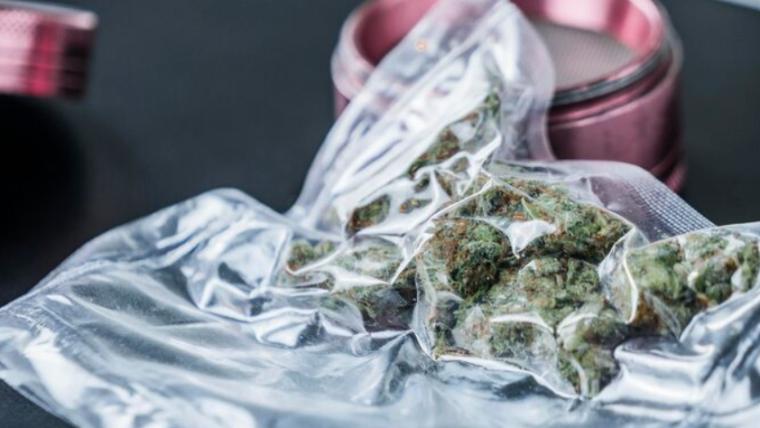As the public’s interest in CBD’s (cannabidiol) therapeutic uses grows, so do questions about its effects on the body, good and bad.
People have become concerned about a known symptom of cannabis consumption and now ask:
‘Does CBD make your eyes red?’
Simple answer? No, CBD does NOT make your eyes red. To completely debunk the myth that ‘CBD causes Red Eyes,’ we need to properly examine the science behind the eye’s physical reaction to the consumption of cannabis and explore the relationship between CBD, THC (tetrahydrocannabinol), and red eyes.
Understanding the Basics: What is CBD and THC
Understanding how CBD and THC affect the body is the first step in debunking our ‘CBD causes Red’ myth. CBD and THC have completely different interactions and results with the body, though both are derived from cannabis. CBD does not have an intoxicating effect with great therapeutic benefits, while THC is the psychoactive compound from cannabis that causes a euphoric “high” in the body coupled with adverse side effects.
CBD:
- CBD is commonly derived from hemp plants, a variety of Cannabis sativa with a low THC content.
- CBD is an attractive option for those seeking therapeutic benefits without the cognitive alterations associated with THC.
- CBD has anti-inflammatory, analgesic, anxiolytic, and neuroprotective properties, making it a recreational treatment for chronic pain, epilepsy, anxiety, and neurodegenerative disorders.
- CBD has been found to have minimal side effects on the body and is generally safe for consumption. There are rare occurrences of people experiencing symptoms such as fatigue, changes in appetite, or diarrhea.
THC:
- THC is the psychoactive compound responsible for the “high” experienced during marijuana use.
- The psychoactive effects of THC make it sought-after, but it can also lead to impairments in coordination and judgment.
- THC is primarily found in marijuana plants, with higher concentrations in the flowers and buds.
- THC’s psychoactive properties make it valuable for managing conditions like chronic pain, nausea, and appetite loss.
- It is prescribed for patients undergoing chemotherapy or experiencing conditions like HIV/AIDS, where appetite stimulation is crucial.
- Common side effects of THC include coordination, impaired memory, and judgment, as well as highly adverse effects such as anxiety and paranoia, particularly in high doses or in individuals predisposed to such reactions.
The THC-Red Eye Connection
Historically, red eyes have been a common side effect of using THC associated with cannabis usage. CB1 receptors are also present in the eyes. And on consumption, THC binds to these receptors and prompts the blood vessels to widen. This widening, or dilation, increases the blood flow to the eyes. This increases the blood flow and, in turn, results in the appearance of red eyes.
The distinctive red eyes have become a characteristic marker of cannabis use, which comes along with its own prejudices, but we should remember that the body reacts this way only when the THC content in the consumed product is relatively high.
CBD and Red Eyes
CBD consumption alone does not cause red eyes compared to THC. Unlike THC, CBD does not bind to the cannabinoid receptors responsible for blood vessel dilation. As CBD extracts with a THC content above 0.3% are considered ‘marijuana’ and classified as federally illegal, CBD products from reputable manufacturers will not cause red eyes.
Recent studies also propose that CBD may even counteract the red-eye effect induced by THC. CBD was found to be anti-nociceptive, anti-inflammatory, and a potential therapy for inflammation and corneal pain.
Eye Redness After CBD Consumption?
Although CBD neither causes the characteristic ‘high’ associated with THC nor red eyes. The quality and purity of the CBD products you use can very clearly affect the body.
CBD products on the market are diverse and available in a variety of formulations and different types, including oils, CBD gummies, tinctures, edibles, topicals, and more. The purity, quality, and formulation of these products can vary significantly. Low-quality CBD products from suspicious vendors may contain impurities or trace amounts of THC and very likely cause red eyes. Choosing high-quality, third-party-tested CBD products reduces the risk of red eyes and other side effects.
CBD For Treating Eye Diseases
Because CBD is an anti-inflammatory and has shown positive effects for the treatment of other diseases, some pre-clinical studies and early research posits CBD as a potential treatment for some common eye conditions:
Glaucoma:
Glaucoma is a group of eye conditions that occur when the optic nerve becomes damaged. It causes loss of vision and blindness.
In a survey done on 290 glaucoma specialists in 2020, it was found that only 7.6% of the specialists recommended cannabis as a treatment for glaucoma. The majority of the specialists said they only recommended it in rare instances. However, more rigorous and larger-scale clinical trials are needed to determine the safety and effectiveness of CBD in treating glaucoma in humans.
Macular Degeneration:
Age-related macular degeneration is another eye condition that can blur your central vision, particularly in older adults.
There is some evidence that CBD could one day be beneficial for macular degeneration treatment, and many blogs and articles on the internet may encourage CBD usage for macular degradation, but current research does not recommend CBD as a treatment for eye-related conditions, especially when CBD oils are not the right consistency for eye drops.
Before considering CBD or any other treatment for eye diseases, individuals should consult with healthcare professionals first for personalized and informed advice.
Want to read more about CBD and how to introduce it to your routine? How to Use CBD Like A Pro









CBD for Pets: Pet Owners Love it, Now Recommended by Your Vet CBD
CBD Bubble Bath and 5 Ways to Build the Ultimate Self Care Routine with CBD
CBD Beverages Like Trip CBD Add a New Flare to the Edibles Market
CBD Cookie Dough & Incredibly Simple CBD Edibles You Can Make at Home
Is CBD Oil Legal in Spain?
Easing Anxiety: How to Take CBD Oil for Anxiety in the UK
The Current and Future Legal Landscape of CBD Flower in the UK
LVWell CBD Raw 5000mg CBD Oil Review